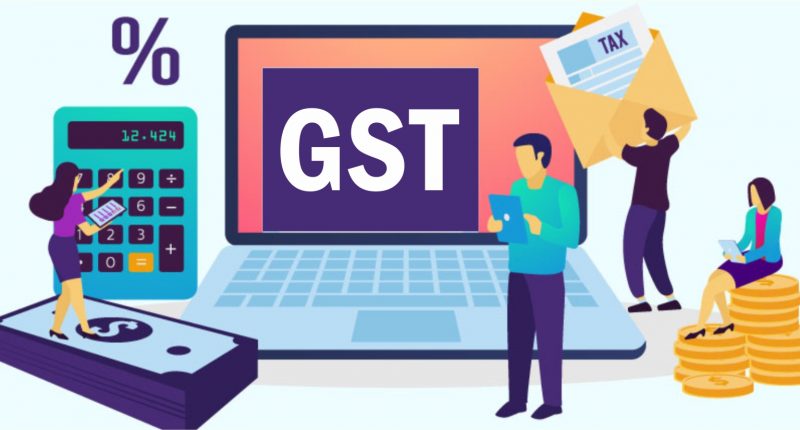Few chief ministers reiterated their demand to extend the Goods and Services Tax (GST) compensation cess regime for another five years at the NITI Aayog’s meeting chaired by Prime Minister Narendra Modi.
Around 16 states requested to extend the compensation, and a few requested to extend at least a few years, if not for five years. However, the Centre remained non-committal on this aspect. Also, there was no word on it even after the previous GST council meeting in June 2022.
The compensation cess mechanism was designed to fill up for the state’s revenue loss due to GST implementation for five years. The compensation cess came into effect in July 2017and it ended in June 2022. According to the National Institute of Public Finance and Policy, Goa, Punjab, and Chhattisgarh might face the most revenue stress once the compensation regime ends.
GST collections have remained upbeat for the past few months, staying above Rs 1.4 lakh crore for five straight months ending July 2022. July 2022 was the second-highest collection month since the rollout of the indirect tax regime. The strong GST collections could weaken the state’s demand to extend the compensation beyond June 2022.
The Centre also said it had already cleared arrears worth Rs 85,000 crore and will front-load the remaining ones so that states don’t face any cash flow problems. If the compensation is continued for too long, it will discourage the increasing collections and lead to the state bureaucracy’s laxity.
Considering the robust GST collections from the past few months, states may be in genuine need of having more funds at their disposal. The need for more funds may not necessitate extending the compensation period. Even if the compensation is to be extended, funds can only be used to repay the GST compensation cess shortfall that arose in the last two years due to the pandemic.
On the other hand, some states argue that their finances have not recovered yet from the pandemic. State revenue receipts declined by 0.6% in FY21, and a similar decline was seen in FY20. An RBI report has recently highlighted that states’ fiscal positions deteriorated sharply in 2020, and there are warning signs of building stress. States relied on compensation to achieve 23% of the guaranteed revenue in 2019-20 and 36% in 2020-21.
Also, whether the GST regime has helped incremental revenue for states is questioned. According to an India Ratings report, the state’s GST, on average, grew by 6.7% during FY18-FY21, lower than the 9.8% growth recorded by the indirect taxes subsumed under GST during FY14-FY17. The Centre has promised compensation based on the assumption that the state’s GST growth rate will be 14% in the base year of 2015-16.
The experts say the extension of compensation cess is not needed for another five years, but states need some support for a few more months. Also, state tax officers must be vigilant to check evasions and improve revenues to move away from compensation support.
For any clarifications/feedback on the topic, please contact the writer at dvsr.anjaneyulu@clear.in
DVSR Anjaneyulu known as AJ, is a Chartered Accountant by profession. Loves to listening to music & spending time with family and friends.




